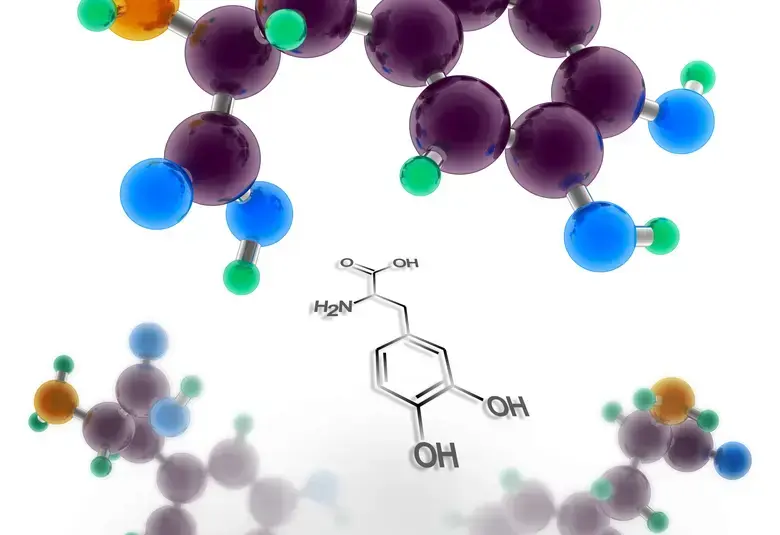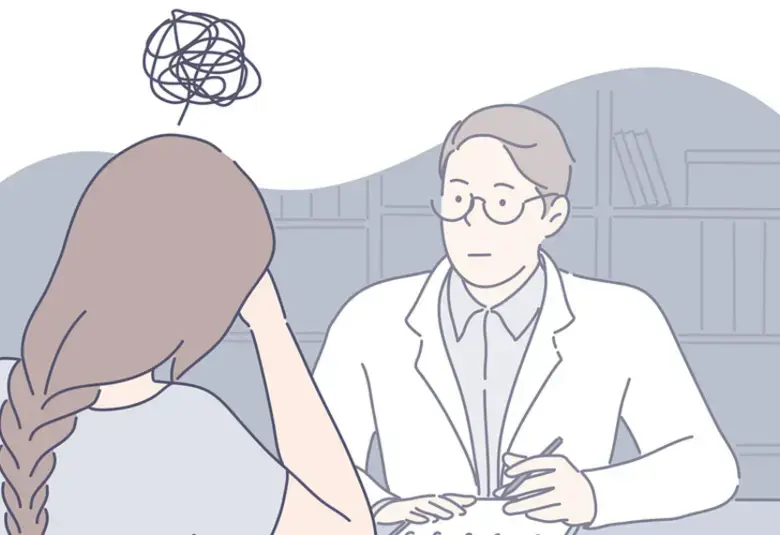The pandemic presents a collective trauma on mankind which flips normalcy into the sense of death and precariousness and calls into an instant question our most normal habits. On top of that, it can bring about unresolved traumas which the acute wound has stirred up, i.e. the personal vulnerability relatable to one’s own psychic experience. Thus, the presence of adverse childhood experiences (ACE) or adversities prior to the age of 18 years, including maltreatment and household dysfunction, is a reservoir of psychological trauma which predisposes to later mental health problems.
As the world enters the global health crisis caused by Coronavirus disease 2019 (Covid-19), a pandemic of mental health disorders follows. Serious psychological problems are detected among Covid-19 patients, frontline medical staff and the general population1-4. By nature, this crisis is a form of psychological trauma which sets to trigger a number of responses resultant of the deeply distressing or disturbing events associated with the pandemic that overwhelms an individual’s ability to cope, causes feeling of helplessness5 , and diminishes one’s sense of self, as well as the ability to feel a full range of emotions.
Thus, the presence of adverse childhood experiences (ACE) or adversities prior to the age of 18 years, including maltreatment and household dysfunction, is a reservoir of psychological trauma which predisposes to later mental health problems.
The pandemic presents a collective trauma on mankind which flips normalcy into the sense of death and precariousness and calls into an instant question our most normal habits. On top of that, it can bring about unresolved traumas which the acute wound has stirred up, i.e. the personal vulnerability relatable to one’s own psychic experience. Thus, the presence of adverse childhood experiences (ACE) or adversities prior to the age of 18 years, including maltreatment and household dysfunction, is a reservoir of psychological trauma which predisposes to later mental health problems. Empirically, research has shown that the exposure to potentially psychologically traumatic events is linked to the occurrence of major depressive disorder, panic disorder, generalized anxiety disorder, posttraumatic stress disorder, suicidal ideation and attempts, and substance abuse6.
Individuals with major depressive disorder (MDD) are significantly more likely to report early life stress than health controls. According to the International Study to Predict Optimized Treatment for Depression (iSPOT-D) from five countries recruitment, 62.5% of the MDD participants had reported more than two childhood traumatic events compared with just 28.4% of the controls7. Another analysis by Christensen et al. (2020) also found that between 50 – 60 % the adults with MDD had a history of trauma (childhood and / or recent)8.
62.5% of the MDD participants had reported more than two childhood traumatic events compared with just 28.4% of the controls
In fact, childhood traumatic events exert the depressogenic effect in a dose-response manner. A study by Dube et al. (2003) demonstrates that the number of ACEs one is exposed to has a graded relationship to the development of depressive symptomatology, even up to decades after their occurrence9. Apart from that, their presence predicted poorer treatment outcomes among patients with MDD receiving antidepressants, particularly the presence of physical, emotional and sexual abuse which occurred between the ages of 4 and 7 years are important moderators of subsequent response to antidepressant therapy for MDD7.
their presence predicted poorer treatment outcomes among patients with MDD receiving antidepressants, particularly the presence of physical, emotional and sexual abuse which occurred between the ages of 4 and 7 years
Therefore, the sum effects of trauma, especially of those experienced during the early life, can be concluded as such that they are of particular relevance and have negative impacts on the onset, severity and course of MDD through:
- Greater risk of early onset;
- Greater risk of relapse;
- Greater risk of chronicity;
- Greater illness severity; and
- Greater risk of suicidality.
Exposure to major traumatic stressor increases the odds of negative mental health and maladaptive behavioural outcomes, however, not all individuals who are exposed to trauma go on to develop psychiatric disorders. Therefore, understanding resilience in the face of adversity provides crucial insights on the mechanistic targets for prevention and intervention for individuals at risk of MDD10.
Therefore, understanding resilience in the face of adversity provides crucial insights on the mechanistic targets for prevention and intervention for individuals at risk of MDD
While there is enormous heterogeneity in defining and operationalizing resilience, some fundamental views of this concept have been proposed within the field of developmental neuroscience:
- It is active and dynamic brain processes through which a person adaptively overcomes a stressful or difficult situation and recovers swiftly by restoring mental wellbeing and functioning11-13.
- It should not just be understood as a personality trait, the result of a specific genotype or other hardwired characteristics. In fact, it involves multiple neurobiological and psychosocial determinants that influence each other to produce adaptive behaviors following exposure to adversity.
Resilience is critical to navigate through stressful events, even those that are traumatic. A higher level of resilience serves as a buffer and it mitigates the negative effects of traumas and adverse childhood experiences, via following trajectories14:
- It decreases the risk of MDD onset or relapse;
- It decreases the severity of MDD; and
- It increases the probability or speed of recovery by enhancing response to antidepressant treatment.
Resilience is critical to navigate through stressful events, even those that are traumatic.
As our genes and personality come into contact with environmental adversity, the individual’s stress-responsive neurocircuitry is activated11-13. Subsequently, the biological, emotion-cognitive and social structures are mobilized by the individual. It is through these processes that resilience is achieved to ultimately manifest as adaptive behaviors. The outcome which then feeds back the experience to facilitate epigenetics and modify personality factors, as well as the bio-psychosocial factors to enhance and maintain their strength, in order to prepare for any future adversity. Thus, being more resilient not just involves “bouncing back” from difficult experiences, it can also promote profound personal growth.
Thus, being more resilient not just involves “bouncing back” from difficult experiences, it can also promote profound personal growth.
Within this model, the intrinsic factors (i.e., the genes and personality traits) are thought to be sufficient for individuals to respond effectively to adversity of low intensity or short duration11-13. Meanwhile, additional resources via the extrinsic aspects of bio-psychosocial factors are often required to withstand moderate to severe, intense or prolonged types of adversity. Although certain individuals are seemingly more resilient than others, the extent of resilience essentially involves behaviours, thoughts, and actions that anyone can learn and develop.
So, what kind of additional resources that would be useful in enhancing adaptation or resilience during adversity? Following are some of the strategies that are shown to be beneficial15-16:
- Involves in regular exercise and physical activity;
- Gets adequate sleep and proper nutrition;
- Builds social connections which are supportive;
- Helps others by lending support;
- Practices mindfulness, yoga or meditation; and
- Avoids negative outlets such as alcohol or drugs usage.
In addition, efforts of encouraging individual to get professional help is also pivotal in building resilience, especially for those who have difficulty in making progress. Formal trainings which are aimed at cognitive reappraisal and interventions to improve the executive functions can contribute to greater resilience15. For instance, cognitive behavioral therapy that targets the neural systems involved in emotion and stress regulation, cognitive processes and social behaviors is a beneficial adaptation-enhancing strategy. Antidepressant treatment can also contribute to enhancement of resilience, by essentially facilitating the actions of neurotransmitters that are already in existence, perhaps via brain-derived neurotrophic factor transduction, which then in turn modify or normalize aberrant neurobiological processes that drive behaviors15-16.
Formal trainings which are aimed at cognitive reappraisal and interventions to improve the executive functions can contribute to greater resilience
For the latest updates on sea.progress.im, subscribe to our Telegram Channel https://bit.ly/telePiM
Our correspondent’s highlights from the symposium are meant as a fair representation of the scientific content presented. The views and opinions expressed on this page do not necessarily reflect those of Lundbeck.




